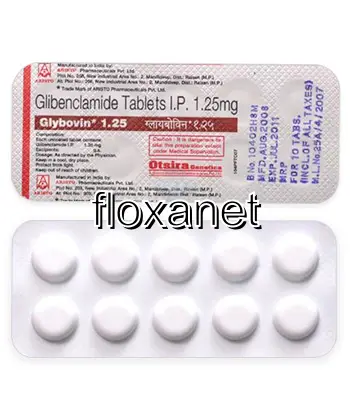| Package | Dosage | Price | Price per Dose | |
|---|---|---|---|---|
| Dosage: 2,5mg | ||||
| 360 pill | 2,5mg | NZD443.53 | NZD1.23 | |
| 180 pill | 2,5mg | NZD238.63 | NZD1.33 | |
| 120 pill | 2,5mg | NZD171.13 | NZD1.42 | |
| 90 pill | 2,5mg | NZD139.79 | NZD1.54 | |
| 60 pill | 2,5mg | NZD101.22 | NZD1.69 | |
| 30 pill | 2,5mg | NZD60.24 | NZD2.00 | |
| Dosage: 5mg | ||||
| 360 pill | 5mg | NZD390.50 | NZD1.08 | |
| 180 pill | 5mg | NZD226.57 | NZD1.25 | |
| 120 pill | 5mg | NZD159.08 | NZD1.33 | |
| 90 pill | 5mg | NZD125.33 | NZD1.40 | |
| 60 pill | 5mg | NZD86.76 | NZD1.45 | |
| 30 pill | 5mg | NZD50.60 | NZD1.69 | |

Glibenclamide Description
Introduction to Glibenclamide
Glibenclamide, also known as glyburide in some regions, is a widely used medication prescribed to manage type 2 diabetes mellitus. It belongs to the class of sulfonylureas, a group of drugs that have been used for decades to help control blood sugar levels. This medication works by stimulating the pancreas to produce more insulin, a hormone essential for regulating glucose in the bloodstream. As a result, Glibenclamide helps lower high blood sugar levels, reducing the risk of diabetes-related complications.
Mechanism of Action
The primary action of Glibenclamide involves binding to specific receptors on pancreatic beta cells. This binding blocks ATP-sensitive potassium channels, leading to cell depolarization. The depolarization triggers the opening of voltage-gated calcium channels, resulting in an influx of calcium ions. Elevated intracellular calcium promotes the release of insulin stored within the beta cells. By enhancing endogenous insulin secretion, Glibenclamide provides a significant benefit for patients whose bodies still produce some insulin but require assistance in maintaining optimal blood glucose levels.
effectiveness and Benefits
Many patients experience improved glycemic control with Glibenclamide when taken correctly. It is known for its rapid onset of action, usually lowering blood sugar within a few hours of administration. Its long-standing use in medical practice has demonstrated its effectiveness not only in lowering blood sugar but also in reducing the risk of microvascular complications related to diabetes, such as retinopathy and neuropathy. Additionally, Glibenclamide is often prescribed as part of combination therapy with other antidiabetic agents to optimize blood sugar management.
Potential Side Effects and Risks
Like all medications, Glibenclamide carries potential side effects. The most common adverse effect is hypoglycemia, which can occur if the medication dosages are too high or if meals are skipped. Symptoms of hypoglycemia include sweating, dizziness, trembling, and confusion. Gastrointestinal issues like nausea or stomach upset, weight gain, and skin reactions can also occur in some individuals. Rarely, more serious allergic reactions or blood disorders may develop. Patients need to be monitored regularly to prevent and manage possible side effects effectively.
Precautions and Contraindications
Glibenclamide is not suitable for everyone. It should be used cautiously in patients with severe liver or kidney impairment, as these conditions may alter drug metabolism and increase the risk of hypoglycemia. It is contraindicated in patients with diabetic ketoacidosis or type 1 diabetes, where insulin therapy is essential. Pregnant or breastfeeding women should consult their healthcare provider before using this medication, as safety data is limited. Patients should inform their doctor about any other medications they are taking because Glibenclamide can interact with drugs such as NSAIDs, beta-blockers, or certain antibiotics, potentially affecting blood sugar control.
Usage and Dosage
The dosage of Glibenclamide varies depending on individual patient needs, blood sugar levels, and response to treatment. It is typically prescribed once or twice daily, with the initial dose being low to minimize the risk of hypoglycemia. Patients are advised to take the medication with food to promote better absorption and reduce gastrointestinal discomfort. Regular blood glucose monitoring is essential to assess the effectiveness and adjust the dose accordingly. Patients should follow their healthcare provider’s instructions precisely and not alter the dose without professional guidance.